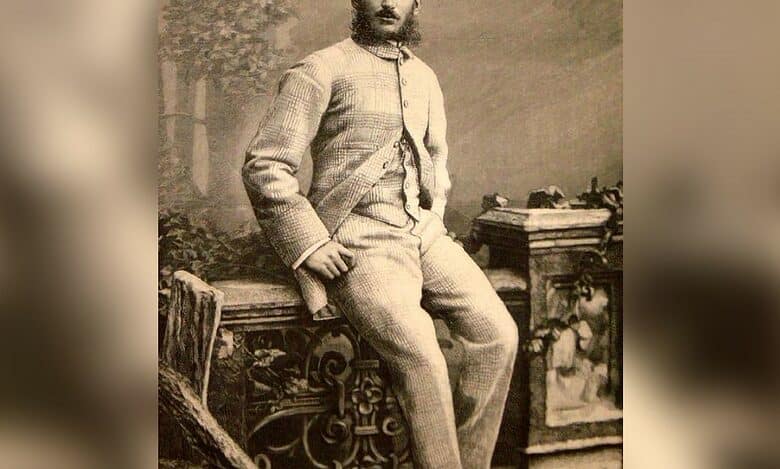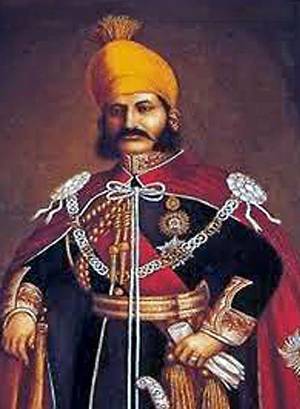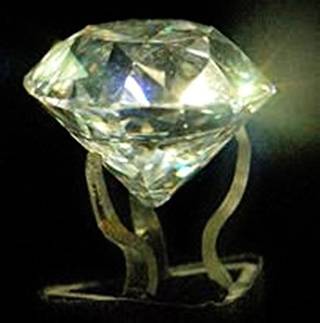HYDERABAD:

Hyderabad:
February 5, 1884. Does the date ring a bell? No prizes for guessing. It was this day 139 years ago that the Hyderabad State got its sixth ruler, Mir Mahboob Ali Khan. He was just 18 when he was invested with full administrative powers. British Viceroy, Lord Rippon, visited Hyderabad for the first time to place the young Nizam on the gaddi at Khilwat Mubarak in Chowmahalla Palace.
The palace was recently in the news when the body of Mukarram Jah Bahadur, the titular Nizam, was kept here for public display and a few days later, his son, Azmet Jah, was crowned as his successor.
This day is also significant as Mahboob Ali Khan was the first Nizam to be coroneted by the representative of Her Majesty, the Queen. Soon after the investiture ceremony he was conferred the title of Grand Commander of the Star of India.
Interestingly the 6th Nizam inherited the masnad at the age of two itself when his father, Nawab Afzal-ud-Daula, passed away. But a Council of Regency was put in place to look after the administration till he came of age. When he turned 16 years, he was initiated into the details of office work and the administration of the State by Nawab Salar Jung.
The first thing that Mahboob Ali Khan did after assuming power was to proclaim that nothing pleased him more than seeing people live in peace and prosperity. Subsequent years proved that he lived up to his words by undertaking administrative reforms that benefitted the people. Development of railways, revision of revenue settlements, setting up of cotton mills at Hyderabad, Aurangabad and Gulbarga are among his significant achievements. Besides this, education, irrigation, medicine also received top priority. The famous Chloroform Commission was held in Hyderabad all because of the scientific interest shown by the sixth Nizam.
Popularly known as Mahboob Ali Pasha, he is also responsible for the establishment of the Victoria Memorial Orphanage, Madrasa-i-Aliya, Asafia State Library and Dairatul Maarif. Old timers recall how the sixth Nizam ruled more with the heart than the head. One can’t forget the relief measures he took after the disastrous Musi floods of 1908.
Poet, marksman, administrator and lover of gems and jewellery, his was a multifaceted personality. Elegantly dressed, he had a fascination for expensive clothes and cars. His two-storey wardrobe at Purani Haveli, the longest one in the world, still has a huge collection of expensive clothes collected by him. He had the reputation of not wearing the same dress twice.
Similarly, his fondness for vintage cars is legendary. Some of the expensive cars like Napier, Rolls Royce Silver Ghosts, were made to order for the then wealthiest man in the world. They are still a big draw at the Chowmahalla Palace.
It was he who bought the famous Jacob Diamond, which forms the crowning glory of the Nizam’s jewels. The 6th Nizam, who was exposed to Western education, was fond of a lavish lifestyle and had a fascination for the good things in life. He breathed his last at Falaknuma Palace at the age of 45 following a paralytic attack. But as his name, Mahboob suggests, he remains a beloved ruler even to this day.
source: http://www.siasat.com / The Siasat Daily / Home> Featured News / by J S Ifthekhar / February 06th, 2023










